Thai Son Hoang
An AIC-based approach for articulating unpredictable problems in open complex environments
Mar 15, 2024Abstract:This research paper presents an approach to enhancing the predictive capability of architects in the design and assurance of systems, focusing on systems operating in dynamic and unpredictable environments. By adopting a systems approach, we aim to improve architects' predictive capabilities in designing dependable systems (for example, ML-based systems). An aerospace case study is used to illustrate the approach. Multiple factors (challenges) influencing aircraft detection are identified, demonstrating the effectiveness of our approach in a complex operational setting. Our approach primarily aimed to enhance the architect's predictive capability.
Towards Scalable Modeling of Biology in Event-B
May 20, 2021
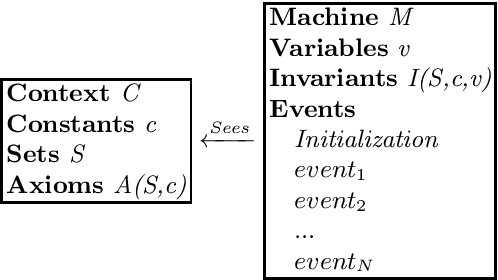
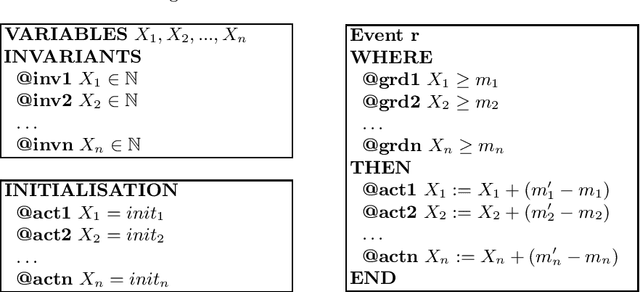
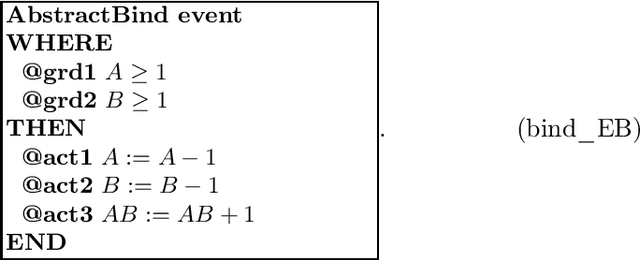
Abstract:Biology offers many examples of large-scale, complex, concurrent systems: many processes take place in parallel, compete on resources and influence each other's behavior. The scalable modeling of biological systems continues to be a very active field of research. In this paper we introduce a new approach based on Event-B, a state-based formal method with refinement as its central ingredient, allowing us to check for model consistency step-by-step in an automated way. Our approach based on functions leads to an elegant and concise modeling method. We demonstrate this approach by constructing what is, to our knowledge, the largest ever built Event-B model, describing the ErbB signaling pathway, a key evolutionary pathway with a significant role in development and in many types of cancer. The Event-B model for the ErbB pathway describes 1320 molecular reactions through 242 events.
DeepSaucer: Unified Environment for Verifying Deep Neural Networks
Nov 09, 2018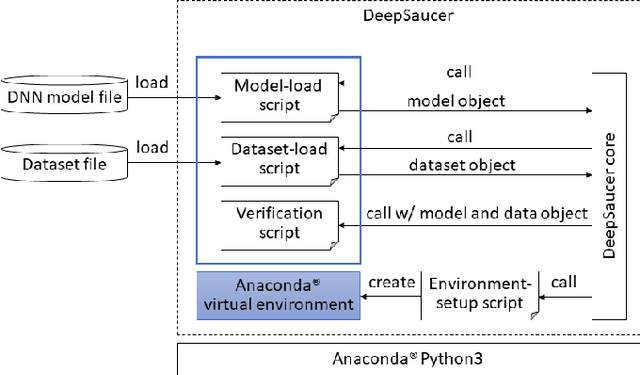
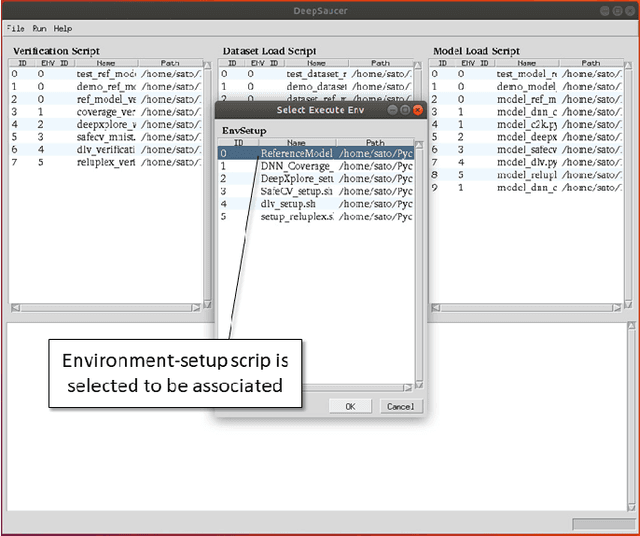
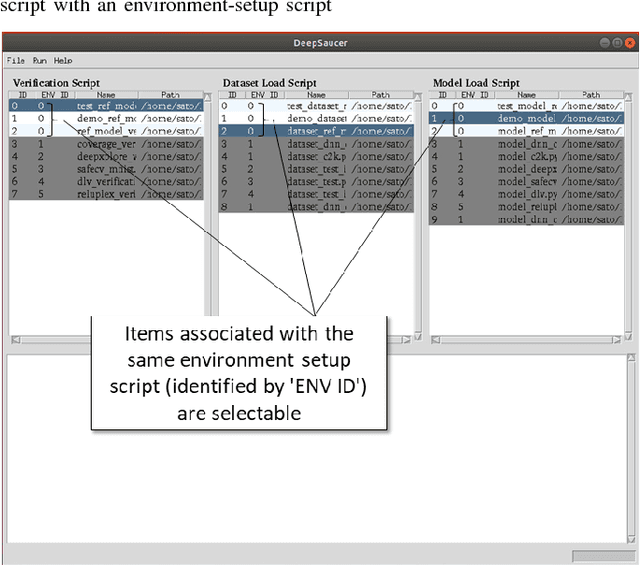
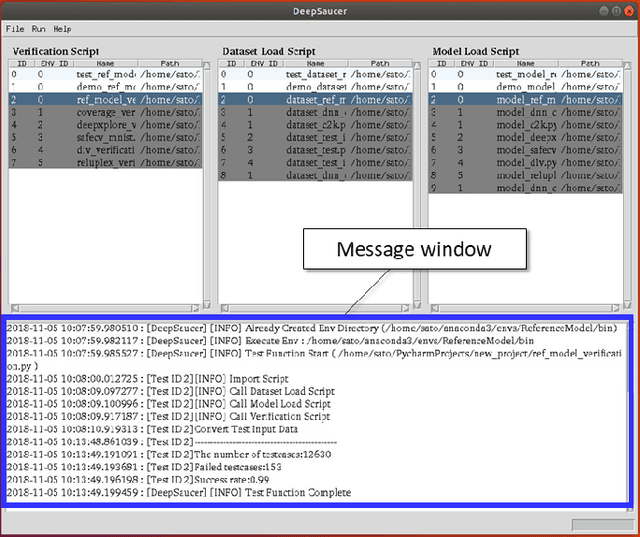
Abstract:In recent years, a number of methods for verifying DNNs have been developed. Because the approaches of the methods differ and have their own limitations, we think that a number of verification methods should be applied to a developed DNN. To apply a number of methods to the DNN, it is necessary to translate either the implementation of the DNN or the verification method so that one runs in the same environment as the other. Since those translations are time-consuming, a utility tool, named DeepSaucer, which helps to retain and reuse implementations of DNNs, verification methods, and their environments, is proposed. In DeepSaucer, code snippets of loading DNNs, running verification methods, and creating their environments are retained and reused as software assets in order to reduce cost of verifying DNNs. The feasibility of DeepSaucer is confirmed by implementing it on the basis of Anaconda, which provides virtual environment for loading a DNN and running a verification method. In addition, the effectiveness of DeepSaucer is demonstrated by usecase examples.
 Add to Chrome
Add to Chrome Add to Firefox
Add to Firefox Add to Edge
Add to Edge